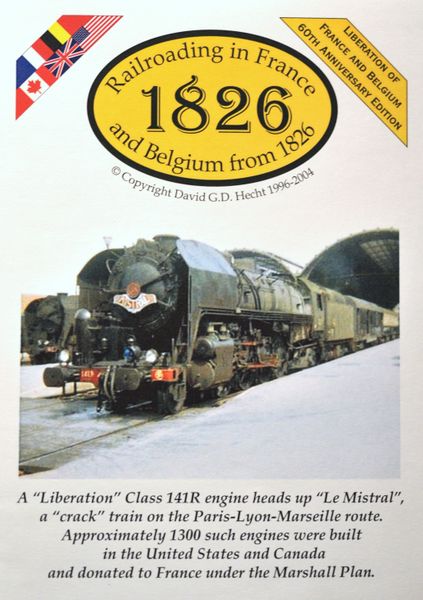1826: Railroading in France and Belgium from 1826 (2000) Board Game
1826: Railroading in France and Belgium from 1826 is a board game released in 2000 that focuses on the development of railway networks in France and Belgium during the 19th century. Designed by Chris Lawson and published by Deep Thought Games, LLC and Golden Spike Games, the game allows 2-6 players to take on the role of railroad tycoons competing to build the most profitable railway empire.
Game Components of 1826: Railroading in France and Belgium from 1826
How To Setup 1826: Railroading in France and Belgium from 1826
Setting up the game involves placing the game board in the middle of the playing area, shuffling and dealing share certificates to players, and distributing initial capital. Players also need to set up their player boards and prepare the pool of available train cards and track tiles. The game starts with an auction phase where players bid on private companies, which can provide valuable benefits and starting advantages.
Gameplay Mechanics and Game Objective
Player Experience
Playing **1826: Railroading in France and Belgium from 1826** is a complex and rewarding experience. The game requires a significant amount of time, typically lasting around 3.5 hours, and demands strategic thinking and planning. Players need to balance short-term gains with long-term strategies, managing their finances carefully and making tactical decisions about train purchases and route building.
Pros
Cons
Personal Thoughts on 1826: Railroading in France and Belgium from 1826
This game is ideal for experienced board game enthusiasts who enjoy complex, strategic gameplay. It is particularly suited for those interested in economic and historical themes, as well as fans of the 18XX series. While it may not be the best introduction for new board game players due to its complexity, it offers a deeply rewarding experience for those willing to invest the time to learn and master its mechanics.
We are supported by our audience. When you purchase through links on our site, we may earn an affiliate commission, at no extra cost for you. Learn more.

